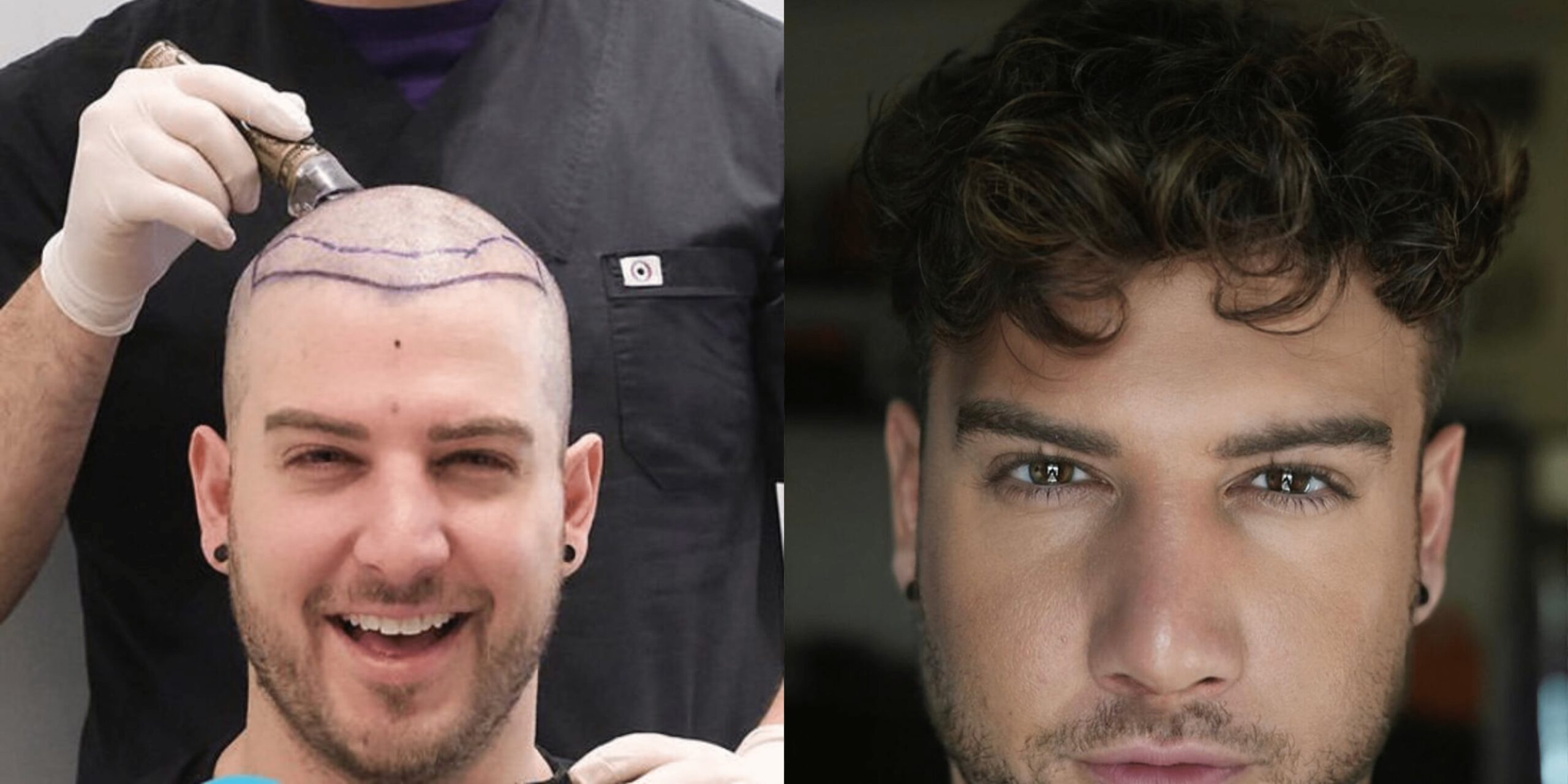DEBUG: Your Hair Transplant Journey: What to Expect After the Procedure
Your Hair Transplant Journey: What to Expect After the Procedure
- Home
- Your Hair Transplant Journey: What to Expect After the Procedure

Getting a hair transplant is an exciting step toward restoring confidence and achieving a fuller head of hair. However, the post-procedure journey is equally crucial to ensure the best results. In this guide, we’ll walk you through what to expect after your hair transplant and provide tips on how to care for your new hair for a successful recovery.
Right after the procedure, your scalp will be sensitive, and it’s normal to experience some discomfort. Here’s what to expect in the immediate hours post-surgery:
During the first week, your primary goal is to protect the newly implanted grafts to ensure they establish well.
Around the second week, you may start to see some shedding of the transplanted hair. This is a natural and expected part of the process as the hair follicles enter a resting phase. Here’s what else you can expect during the first month:
By the third month, you’ll begin to see some initial growth, although it may be sparse or fine. This is an exciting time as your new hair starts to emerge, although full results will take a bit longer. Here’s what to expect in this stage:
Most people start to see substantial results by the six-month mark, with hair that looks and feels increasingly natural.
Now that your hair transplant journey is well underway, it’s essential to continue maintaining your hair’s health to preserve your results:
Q: Can I wear a hat after my hair transplant?
A: Yes, but it’s recommended to wait at least a week before wearing any hats, and they should be loose-fitting to avoid rubbing against the transplanted area.
Q: When can I start exercising again?
A: Light activity can often be resumed within a week, but you should wait around two to four weeks before returning to strenuous exercise or heavy lifting.
Q: How long does it take for hair transplants to look natural?
A: Hair transplants typically start looking natural around the six-month mark, but the full result is usually visible after 12 months.
Q: Will I need another transplant in the future?
A: The transplanted hair is typically permanent, but if you experience additional hair loss in other areas, you might consider future treatments to address new thinning areas.
A hair transplant is a life-changing procedure that can have a profound effect on self-confidence and personal image. By following the aftercare guidelines and embracing a healthy lifestyle, you can look forward to years of enjoying a fuller head of hair and the confidence it brings. Remember, patience is key, as the journey to a complete transformation takes time. Trust the process, care for your hair, and soon you’ll see the full benefits of your hair transplant.